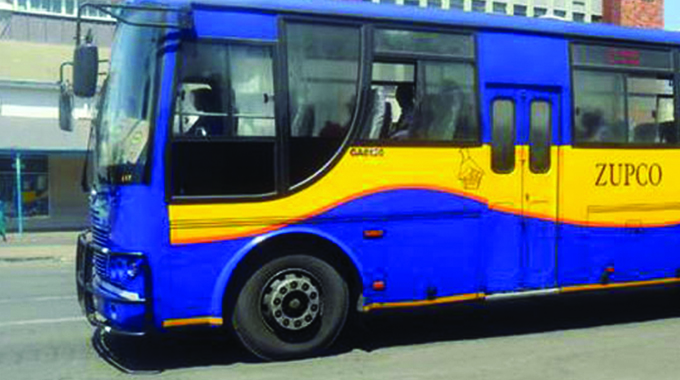Sadc intensifies efforts to improve energy flow

The three interconnectors are important in that they will connect the power networks of three non-operating members of the Southern African Power Pool (SAPP) — Angola, Malawi and Tanzania — to the regional grid, enabling all mainland Sadc Member States to share and benefit from increased generation capacity across borders Kizito Sikuka in Dar es Salaam, Tanzania
Southern Africa plans to commission more than 4 880 Megawatts of new generation capacity in 2019/20 — a development that is expected to strengthen the regional energy security.
The Southern Africa Development Community (Sadc) has been experiencing power shortages in the past few years as demand exceeds supply due to a combination of factors including the lack of investment in the energy sector.
Speaking to journalists ahead of the 39th Sadc Summit set for August 17-18 in Dar es Salaam, United Republic of Tanzania, the Director of Infrastructure and Services at the Sadc Secretariat, Mapolao Mokoena said the region is implementing a variety of measures to address the energy deficit and boost energy production.
These measures include investment in renewable energy sources as well as the rehabilitation of old power plants and building of new transmission lines to promote the smooth movement of electricity between and among Sadc Member States.
For example, investment and development of diversified energy resources and technologies resulted in the commissioning of 24 554 Megawatts (MW) of generation capacity between 2008 and 2018, while a total of 4 175 MW of power generation capacity was commissioned in 2018/2019 alone.
“The target is now to commission a total of 4 883 MW in 2019/20,” she said.
She said some of the priority energy projects for Sadc is the construction of the Angola-Namibia Interconnector, the Mozambique-Malawi Interconnector and the Zambia-Tanzania-Kenya (ZTK) Power Interconnector.
The three interconnectors are important in that they will connect the power networks of three non-operating members of the Southern African Power Pool (SAPP) — Angola, Malawi and Tanzania — to the regional grid, enabling all mainland Sadc Member States to share and benefit from increased generation capacity across borders.
The ZTK will not only link Tanzania to the SAPP grid, but also connect the Eastern African Power Pool to SAPP, allowing countries in eastern Africa to trade surplus electricity with those in southern Africa.
SAPP is a regional body that coordinates the planning, generation, transmission and marketing of electricity in southern Africa on behalf of member state utilities.
Since its establishment in 1995, SAPP has provided a platform for power utilities in Sadc to share electricity loads and help manage surpluses and deficits within the region.
In fact, the SAPP competitive electricity market has increased from less than 1 percent in 2012 to 32 percent in December 2018, according to the Sadc Secretariat.
With regard to the need to harness and increase the uptake of renewable energy, the region has created the Sadc Centre for Renewable Energy and Energy Efficiency (SACREEE) to spearhead the promotion of renewable energy development in the region.
Sadc is also in the process of developing a Regional Gas Master Plan that will guide the exploitation of the vast natural gas resources that exist in the region.
The aim for Sadc is to achieve a renewable energy mix in the regional grid of at least 32 percent by 2020 and 35 percent by 2030.
Currently, the regional energy mix is dominated by coal, which contributes more than 70 percent.
This is despite the fact that Sadc has the potential to become a “gold mine” for renewable energy due to the abundant solar and wind resources that are now hugely sought after by international investors in their quest for clean energy.
For example, the overall hydropower potential in Sadc is estimated at about 1 080 terawatt hours per year (TWh/year) but capacity being utilised at present is just under 31 TWh/year. A terawatt is equal to one million megawatts.
The Sadc region is also hugely endowed with watercourses such as the Congo and Zambezi, with the Inga Dam situated on the Congo River having the potential to produce about 40 000 megawatts (MW) of electricity, according to SAPP.
The 39th Sadc Summit is running under the theme “A Conducive Environment for Inclusive and Sustainable Industrial Development, Increased Intra-Regional Trade and Job Creation”, and the provision of reliable and sustainable energy is one of the key conduits to advance regional integration and industrialisation.
Industrialisation is a top priority for southern Africa, and since 2014 all Sadc summits have focused on how the region can attain industrial development.
At the summit, President John Pombe Joseph Magufuli of Tanzania will assume the rotating Sadc chair from his Namibian counterpart, President Hage Geingob. — sardc.net











Comments